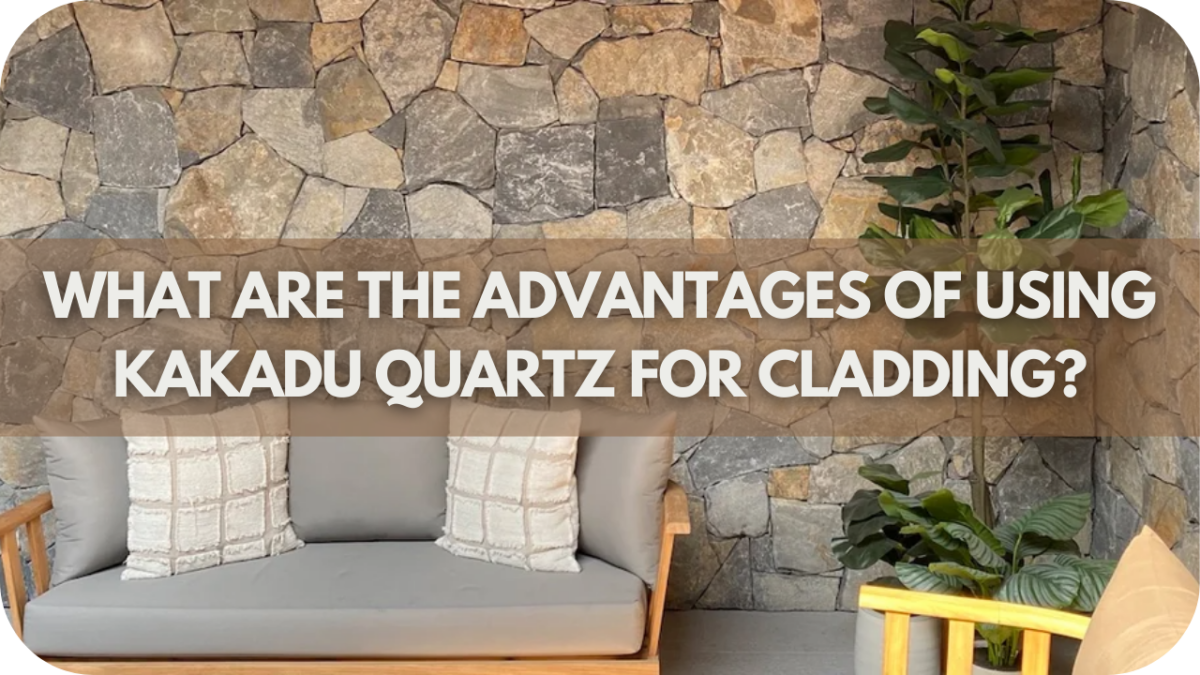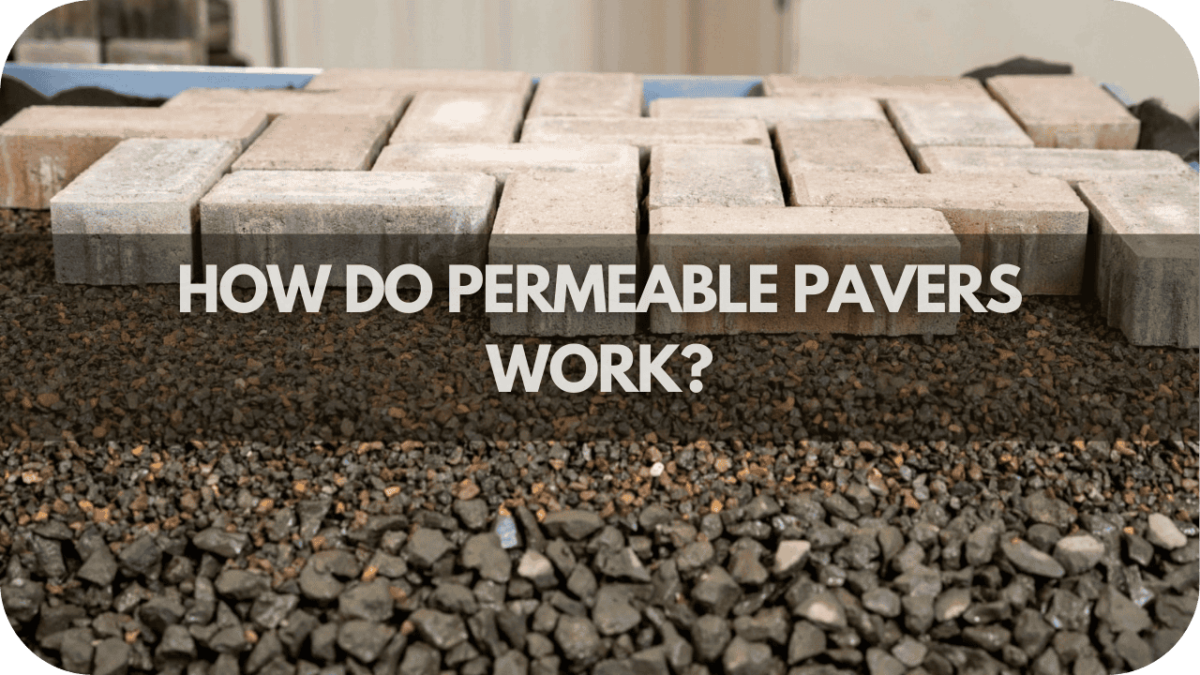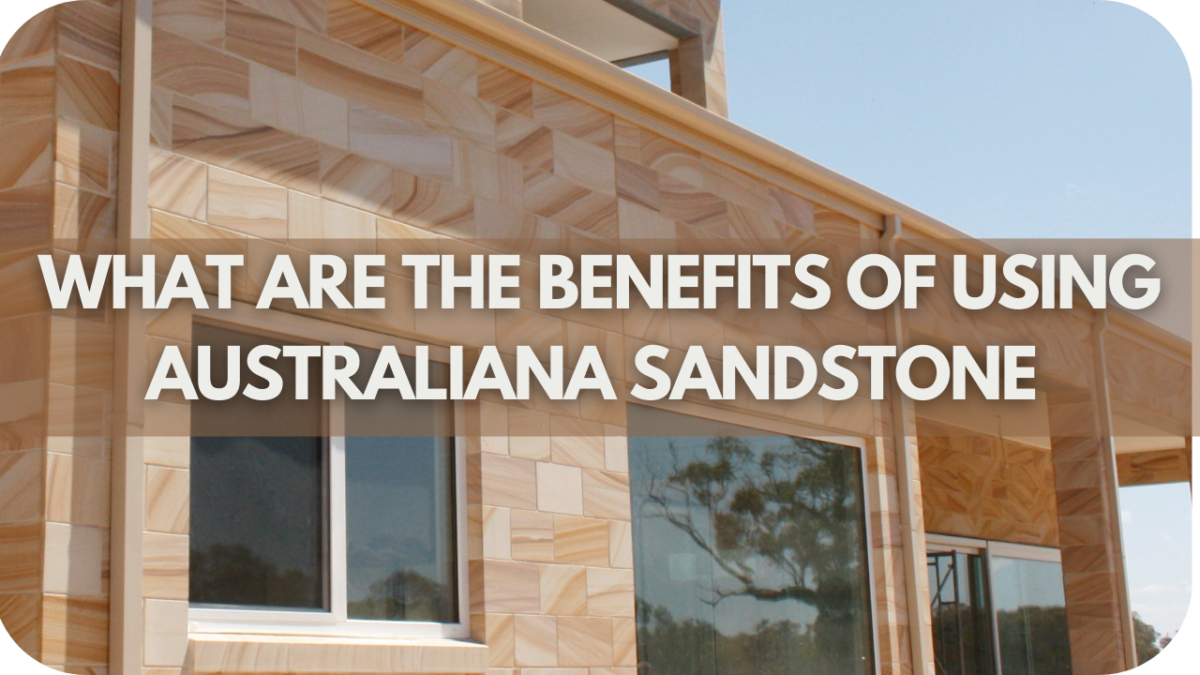What Are the Advantages of Using Kakadu Quartz for Cladding?
Choosing the right cladding material can be overwhelming, with durability, aesthetics, and maintenance all key considerations.
Traditional options often fall short, leading to wear, weather damage, and high upkeep costs. These challenges can compromise the beauty and longevity of your project.
Kakadu Quartz offers an exceptional alternative. Renowned for its strength, low maintenance, and striking appearance, it ensures lasting beauty and performance, making it the ideal choice for any cladding project.
Advantages of Using Kakadu Quartz for Cladding
Explore the top advantages of Kakadu Quartz cladding. This versatile material enhances the visual beauty of any building and withstands harsh weather conditions, making it a smart and stylish choice for modern architecture.
1. Durability and Strength
Kakadu Quartz stands out for its exceptional durability and strength, making it an ideal choice for cladding. This material boasts a high resistance to weathering and wear, ensuring it can withstand the harshest environmental conditions.
Whether exposed to intense sunlight, heavy rain, or fluctuating temperatures, Kakadu Quartz maintains its integrity and appearance, offering long-lasting protection for your structure.
One critical advantage of Kakadu Quartz is its impressive longevity. Unlike other cladding materials, Kakadu Quartz remains robust and intact over time, which may require frequent repairs or replacement.
Its natural composition and durability ensure it resists cracking, chipping, and other damage commonly associated with less resilient materials.
Kakadu Quartz’s minimal maintenance requirements make it a practical choice for busy property owners. Its resistance to stains, mould, and mildew reduces the need for regular cleaning and upkeep, allowing you to enjoy a pristine facade with minimal effort.
2. Aesthetic Appeal
Kakadu Quartz cladding transforms any building facade into a work of art. Its natural hues and textures add a touch of sophistication to architectural designs.
Imagine a surface that captures the essence of nature while providing modern elegance. Kakadu Quartz offers durability and enhanced visual appeal. It complements contemporary and traditional styles and is versatile in design.
Are you seeking a unique aesthetic for your project? This material provides a distinctive look that sets your building apart.
The colour palette, which ranges from subtle greys to warm earth tones, suits various tastes. Surfaces glisten subtly under sunlight, creating dynamic visual effects. Incorporating Kakadu Quartz can elevate a space’s overall ambience.
Moreover, the stone’s natural patterns bring depth and character to exteriors. Textures range from smooth finishes to rugged profiles, offering design flexibility.
Architects can use Kakadu Quartz to achieve a seamless blend with the surrounding environment. The cladding’s unique properties enhance the building’s appearance. Details such as veining and grain add to the material’s allure. It makes a statement whether used for full facades or as an accent.
Visitors and occupants alike will appreciate its aesthetic qualities. Why settle for the ordinary when you can have the extraordinary?
3. Thermal Insulation
Kakadu Quartz offers significant thermal insulation benefits, making it an excellent choice for cladding. Natural stones, such as Kakadu Quartz, are known to regulate temperature effectively.
Its dense composition provides a natural barrier against external temperature fluctuations, helping to keep interiors more relaxed in the summer and warmer in the winter. This natural temperature regulation reduces the need for artificial heating and cooling, promoting a more comfortable and stable indoor environment.
The thermal properties of Kakadu Quartz contribute to improved energy efficiency. By minimising the reliance on heating and cooling systems, buildings clad in Kakadu Quartz can achieve lower energy consumption.
This reduction in energy use translates to cost savings on utility bills and aligns with sustainable building practices, reducing the overall carbon footprint.
The thermal insulation provided by Kakadu Quartz enhances the longevity of the building’s structural elements.
Mitigating the stress caused by extreme temperature variations helps maintain the integrity of the underlying materials. Kakadu Quartz cladding offers substantial thermal insulation benefits, contributing to energy efficiency, cost savings, and a more sustainable building solution.
4. Environmental Benefits
Kakadu Quartz offers significant environmental benefits, making it a sustainable choice for cladding. Natural stone, like Kakadu Quartz, is inherently sustainable due to its abundant availability and long lifespan.
Unlike synthetic materials, natural stone does not require extensive processing, reducing its environmental impact.
The extraction and production processes of Kakadu Quartz are eco-friendly, adhering to strict environmental standards.
Quarrying methods have advanced to minimise land disruption and promote the restoration of quarry sites. Additionally, the production process involves minimal use of chemicals and energy, further reducing the carbon footprint associated with manufacturing.
Using Kakadu Quartz for cladding contributes to sustainable building practices. Its durability and low maintenance requirements mean less frequent replacements and repairs, reducing waste over the building’s lifecycle. Moreover, natural stone’s thermal properties enhance energy efficiency, lowering the demand for heating and cooling and reducing energy consumption.
5. Versatility in Applications
Kakadu Quartz is highly versatile, making it suitable for various architectural styles. Whether your project calls for a contemporary, modern aesthetic or a more traditional, rustic charm, Kakadu Quartz can seamlessly integrate into multiple design visions.
Its natural beauty and diverse colour options allow it to complement and enhance different architectural themes, providing a cohesive and stylish finish.
This versatility extends to both indoor and outdoor cladding applications. For exterior use, Kakadu Quartz offers a robust and visually appealing facade that can withstand harsh weather conditions while maintaining its aesthetic appeal.
It enhances the exterior look of residential homes, commercial buildings, and public structures, providing a striking and durable surface.
Kakadu Quartz adds elegance and sophistication to feature walls, fireplaces, and other interior surfaces. Its unique texture and appearance create a focal point that elevates the overall design of any room.
Its durability and low maintenance make it a practical choice for high-traffic areas and spaces requiring long-lasting finishes.
6. Resistance to Elements
Kakadu Quartz is renowned for its superior resistance to the elements, making it an ideal choice for cladding in various environments. Its natural properties provide exceptional resistance to moisture, heat, and cold, ensuring it remains robust and visually appealing regardless of its conditions.
One of Kakadu Quartz’s key advantages is its high moisture resistance. This characteristic makes it an excellent option for areas prone to humidity and rainfall, as it prevents water absorption and the associated risks of mould and mildew growth. This resistance also ensures the material maintains its structural integrity and appearance over time, even in damp conditions.
Kakadu Quartz also performs exceptionally well in extreme temperatures. Its ability to withstand intense heat and freezing cold without cracking or degrading makes it suitable for regions with harsh weather conditions.
Whether exposed to scorching summer sun or freezing winter temperatures, Kakadu Quartz retains its strength and beauty, providing reliable protection and aesthetic appeal year-round.
7. Ease of Installation
Kakadu Quartz is favoured for its ease of installation and compatibility with various techniques, making it a versatile option for different projects. Whether you prefer traditional mortar methods or modern mechanical fixing systems, Kakadu Quartz can be seamlessly installed, ensuring a secure and durable fit.
Its adaptability simplifies the installation process, catering to various design preferences and structural requirements.
The material’s consistent quality and standardised dimensions contribute to its straightforward installation. These features reduce the need for extensive on-site adjustments, speeding up the process and minimising labour costs.
For those seeking professional assistance, numerous installation services specialise in working with Kakadu Quartz. Splendour in Stone, for instance, is a renowned company with extensive experience installing Kakadu Quartz. Their experts possess the necessary skills to ensure the material is installed correctly and efficiently, adhering to best practices and safety standards.
8. Cost-Effectiveness
Kakadu Quartz is a cost-effective choice for cladding, offering long-term investment benefits that outweigh the initial expenditure. One of its primary advantages is its durability and low maintenance requirements, which translate into significant savings over time.
Unlike other materials requiring frequent repairs or replacements, Kakadu Quartz maintains its structural integrity and aesthetic appeal for years, reducing ongoing costs.
Kakadu Quartz’s cost-effectiveness becomes evident when compared to other cladding materials. Materials like wood or vinyl may have lower upfront costs, but they often necessitate regular maintenance and are prone to damage from weathering and wear.
In contrast, Kakadu Quartz’s superior resistance to elements such as moisture, heat, and cold minimises maintenance expenses and prolongs the cladding’s lifespan.
Kakadu Quartz can enhance a property’s value, making it a wise investment. Its natural beauty, durability, and minimal upkeep contribute to a higher market value, providing a return on investment that other materials may not offer.
9. Maintenance and Care
Due to its durable nature, Maintaining Kakadu Quartz cladding is straightforward. With minimal effort, you can keep the cladding looking pristine for years. Regular cleaning involves simply washing the surface with mild detergent and warm water.
Are you concerned about stubborn stains or marks? Most stains can be easily removed without the use of harsh chemicals. Additionally, the material’s resistance to weathering and UV rays reduces the need for frequent maintenance. In heavily polluted areas, occasional professional cleaning might be advisable.
For expert assistance, consider consulting professionals like Splendour in Stone. Care must be taken to avoid abrasive cleaners or tools that could scratch the surface. To preserve its natural shine, use a soft cloth when cleaning.
Sealing is unnecessary, as Kakadu Quartz is non-porous and resists moisture absorption. However, a protective sealant could be applied periodically in high-exposure environments or for added protection.
This would enhance the material’s resistance to environmental factors such as acid rain or salt spray. The quartz’s inherent durability and resistance to mould and mildew simplify maintenance routines.
Conclusion
Kakadu Quartz offers exceptional durability, aesthetic appeal, thermal insulation, environmental benefits, versatility, and cost-effectiveness for cladding. Its minimal maintenance further enhances its value.
Consider Kakadu Quartz for your next cladding project to ensure lasting beauty and performance. Contact us to explore how Kakadu Quartz can elevate your building’s facade.





